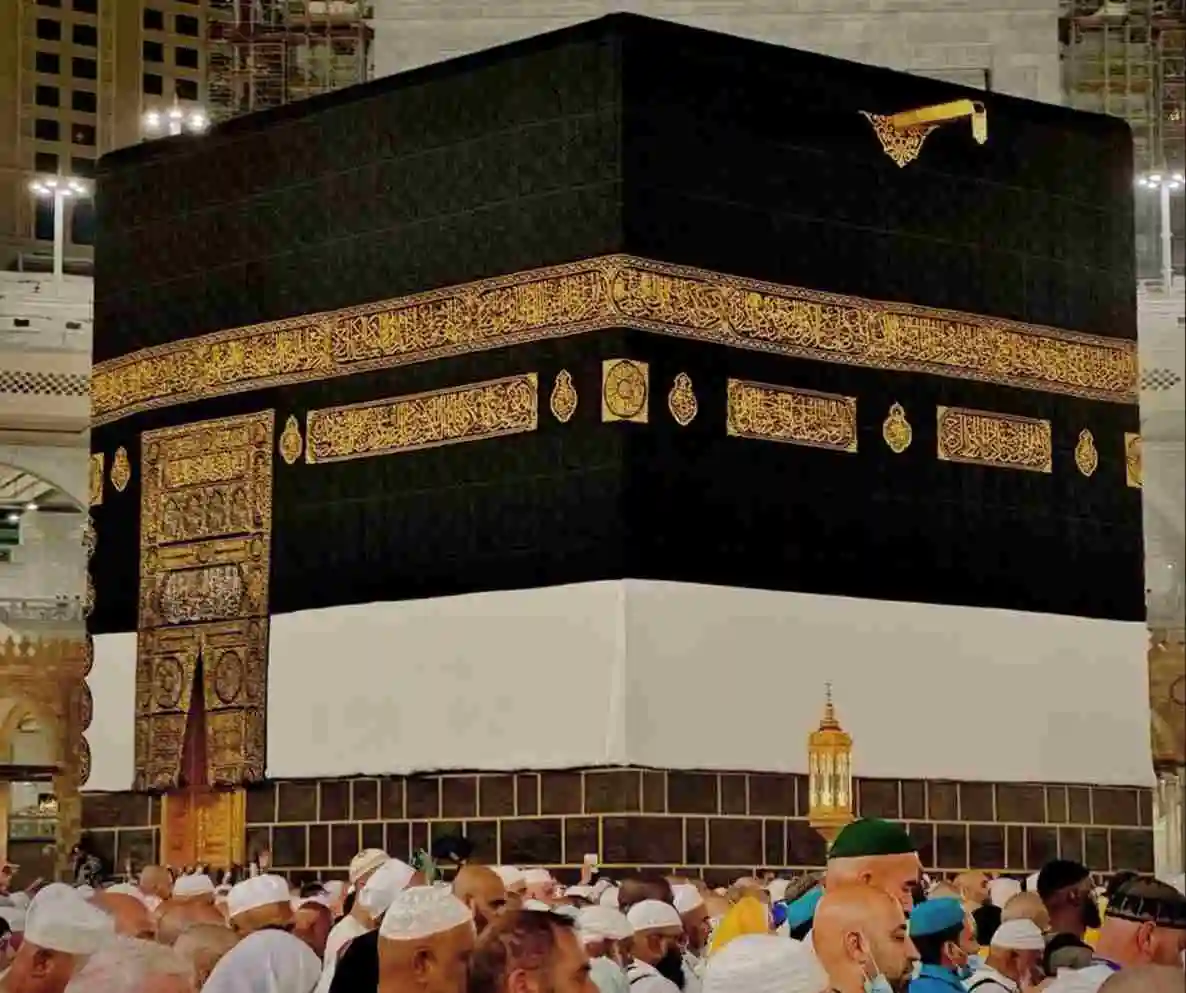Hajj is one of the five pillars of Islam, a once-in-a-lifetime journey that every Muslim who is physically and financially able must undertake. It is a deeply spiritual and transformative experience that requires thorough preparation, a commitment to worship, and an understanding of the rituals involved. Each year, millions of Muslims from around the world converge on Mecca, Saudi Arabia, to perform Hajj, which takes place during the Islamic month of Dhu al-Hijjah.
Performing Hajj is a journey of profound spiritual significance, but it can also be physically demanding. In this detailed guide, we will break down the essential steps involved in performing Hajj, the meaning behind each ritual, and offer practical tips to help pilgrims prepare for the journey of a lifetime.
The Essential Rituals of Hajj
Hajj consists of a series of rituals performed over five to six days. These rituals commemorate the actions of the Prophet Ibrahim (Abraham), his wife Hagar, and their son Isma’il (Ishmael). Below, we’ll go through each of the major rituals involved in performing Hajj, step by step.
1. Ihram: Entering the State of Purity
Ihram is the first ritual of Hajj and marks the beginning of the pilgrimage. Pilgrims enter into a state of spiritual purity by wearing simple white garments—two pieces of unstitched cloth for men, and a modest dress for women. This attire symbolizes equality before God, as all pilgrims are dressed in the same way, regardless of their social status or nationality.
Where and When: Pilgrims must enter the state of Ihram before crossing the Miqat (designated boundary points), which is located at several points around Mecca. These points are where pilgrims are required to declare their intention (niyyah) to perform Hajj and say the Talbiyah:
“Labbayk Allahumma Labbayk, Labbayk La Sharika Laka Labbayk” (Here I am, O Allah, here I am. No partner do You have, here I am).
Prohibited Activities in Ihram: Once in Ihram, certain actions become prohibited, such as cutting hair or nails, wearing perfumes, hunting, and engaging in sexual activity. This is to maintain a state of purity and spiritual focus.
2. Tawaf: Circumambulating the Kaaba
The first major ritual upon arriving in Mecca is Tawaf, where pilgrims walk around the Kaaba, the holiest site in Islam, in a counter-clockwise direction. This symbolizes the unity of believers in worshipping the One God.
Number of Circles: Pilgrims must perform seven rounds of Tawaf, starting from the Black Stone (al-Hajar al-Aswad), which is located in one of the corners of the Kaaba.
Significance: Tawaf represents the believer’s deep connection with God and their submission to His will. It is an act of devotion and an opportunity to make supplications.
3. Sa’i: Walking Between Safa and Marwah
After completing Tawaf, pilgrims perform Sa’i, which involves walking seven times between the hills of Safa and Marwah. This ritual commemorates the desperate search for water by Hagar, the wife of Prophet Ibrahim, as she searched for water for her son Isma’il in the desert.
Steps Involved: Pilgrims walk briskly between the two hills, with a sense of urgency, reflecting Hagar’s struggle. The total distance covered is approximately 3.1 kilometers.
Symbolic Meaning: Sa’i is not only a physical act but a reminder of faith, perseverance, and trust in God’s mercy. During the ritual, pilgrims often make personal supplications, asking for God’s guidance and blessings.
4. Standing at Arafat (Wuquf)
One of the most significant days of Hajj is the 9th of Dhu al-Hijjah, when pilgrims gather at the plain of Arafat for the “Standing” (Wuquf). Pilgrims spend the entire day in prayer, supplication, and reflection, seeking God’s forgiveness and mercy.
Spiritual Importance: The Day of Arafat is considered the pinnacle of Hajj. The Prophet Muhammad (PBUH) said, “Hajj is Arafat.” It is a day of intense spiritual reflection and repentance, and it is believed that sins are forgiven for those who stand at Arafat in sincere worship.
Timing: Pilgrims must be at Arafat from noon until sunset. The vast plain of Arafat, near Mecca, is a site of prayer and reflection.
5. Muzdalifah: Collecting Stones
After leaving Arafat, pilgrims proceed to Muzdalifah, a designated open area between Arafat and Mina. Here, pilgrims spend the night under the open sky, pray, and gather pebbles for the next day’s ritual of the Stoning of the Jamarat.
Overnight Stay: Pilgrims must stay in Muzdalifah until dawn, where they perform the Maghrib and Isha prayers together, making it a spiritually meaningful and reflective time.
Pebble Collection: Pilgrims collect 49 small pebbles, one for each of the three Jamarat they will stone the following day.
6. Stoning of the Jamarat
On the 10th of Dhu al-Hijjah, pilgrims proceed to Mina to perform the Stoning of the Jamarat. This ritual involves throwing pebbles at three pillars, symbolizing the rejection of Satan’s temptations. The pillars are symbolic of the three places where Prophet Ibrahim, his wife Hagar, and their son Isma’il were tempted by Satan, but they rejected his enticements.
Ritual Details: Pilgrims throw seven pebbles at the first pillar (Jamarat al-Aqaba), and after that, they proceed to sacrifice an animal, typically a goat, sheep, or cow. This act commemorates Prophet Ibrahim’s willingness to sacrifice his son as an act of obedience to God.
7. Eid al-Adha Sacrifice
On the 10th of Dhu al-Hijjah, pilgrims also offer a sacrifice in the form of an animal (goat, sheep, cow, or camel). This act commemorates Prophet Ibrahim’s devotion to God, who asked him to sacrifice his son. As Ibrahim was about to sacrifice Isma’il, God provided a ram as a substitute.
Distribution of Meat: The meat from the sacrifice is often distributed to the poor and needy, while pilgrims can also keep some for themselves. This act represents charity and the willingness to give to those in need.
8. Tawaf al-Ifadah: The Second Circumambulation
After the Stoning of the Jamarat and the sacrifice, pilgrims return to Mecca to perform Tawaf al-Ifadah. This is another round of circumambulation around the Kaaba and signifies the pilgrim’s renewed purity and submission to Allah.
9. Shaving/Cutting Hair
After Tawaf al-Ifadah, male pilgrims are required to shave their heads or trim their hair, while female pilgrims cut a small portion of their hair. This symbolizes the pilgrim’s humility, purification, and new beginning.
10. Tawaf al-Wada: The Final Circumambulation
The final ritual of Hajj is Tawaf al-Wada, the farewell Tawaf, which pilgrims perform before leaving Mecca. It symbolizes the pilgrim’s final act of devotion to God before departing the holy city.
Hajj Statistics: Global Participation and Trends
Number of Pilgrims: In recent years, Hajj has seen increasing numbers of participants. In 2023, approximately 2.6 million people performed Hajj, and in 2025, this number is expected to rise to over 3 million pilgrims due to the lifting of COVID-19 restrictions and infrastructure improvements in Saudi Arabia.
International Participation: Pilgrims come from over 180 countries, making Hajj a truly global event. The largest groups typically come from Indonesia, Pakistan, India, and Bangladesh, though smaller groups travel from countries around the world.
Economic Impact: The total economic impact of the Hajj on Saudi Arabia is estimated at over $12 billion annually, making it one of the most lucrative events in the global tourism industry.
Gender Participation: Hajj is open to both men and women, and Saudi Arabia is making efforts to ensure that women pilgrims receive adequate facilities and services during the pilgrimage.
Preparation Tips for Pilgrims
Visa and Travel: Ensure you have the necessary visa and travel arrangements well in advance. Many countries require pilgrims to book through approved travel agencies for Hajj packages.
Physical Fitness: Hajj involves extensive walking and physical exertion, so it’s important to be in good physical condition before you travel.
Health Precautions: Vaccinations for meningitis and other diseases are required, and pilgrims should bring enough medication for their journey.
Cultural Etiquette: Respect for local customs, patience in crowds, and adherence to the rules set by the Saudi authorities are essential for a smooth pilgrimage.
Spiritual Preparation: Reflect on the purpose of Hajj, make sincere prayers, and ensure that your heart is prepared for the spiritual journey.
Hajj: The Sacred Journey of a Lifetime
Hajj is not just a physical journey; it is a spiritual pilgrimage that holds immense personal significance for every Muslim who undertakes it. It is a transformative spiritual journey that purifies the soul and brings a profound sense of closeness to God. Every step of the ritual holds deep historical and spiritual significance, from the simple white attire of Ihram to the final Tawaf al-Wada.
For Muslims, Hajj represents an opportunity for personal renewal, forgiveness, and unity with millions of fellow believers. It is a reminder of the values of faith, sacrifice, and submission to the will of Allah. As millions of pilgrims prepare for this sacred journey, the experience of Hajj remains an unparalleled testament to the strength of the Muslim community and the unyielding devotion to God. For those fortunate enough to undertake this sacred journey, Hajj is truly a once-in-a-lifetime opportunity to reflect, purify the heart, and seek God’s mercy and blessings.







One Response
Highly satisfactorily, worth a read!